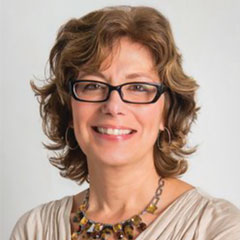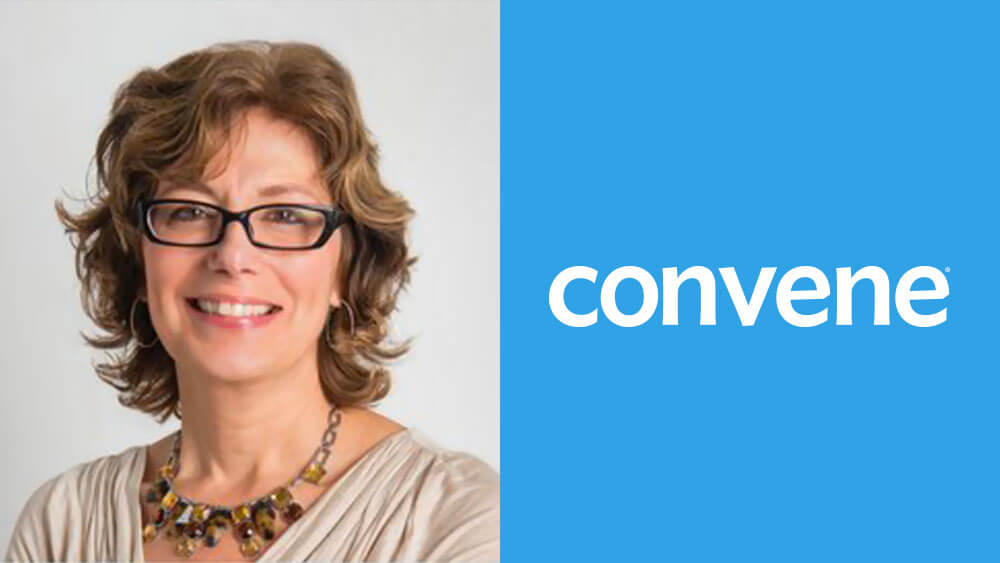
Michelle Russell, Convene Editor in Chief
The U.S. health-care system is broken, Dr. S. Claiborne “Clay” Johnston, inaugural dean at the University of Texas at Austin’s new Dell Medical School, told the audience at PCMA Convening Leaders 2017 in January. We are the world’s No. 1 spender on health care — $9,000 per person per year on average, he said — yet the World Health Organization (WHO) ranks us 34th in terms of global outcomes for health.
That’s partly due to a lag in adopting tech tools, Johnston said, that could improve patient care — from a consolidated database of patient health records, to an app that helps patients take their meds as directed, a huge challenge and the main reason for prescription-drug failure.
But the most glaring gap in creating an effective health-care system, he said, relates to human-centered design thinking, i.e., asking what makes sense from the patient’s perspective. So Dell Medical School is changing the way medicine is practiced by changing the way medical students are trained. If you’re a medical-meeting professional, this directly affects how you structure your conferences and conventions, and Johnston shares his ideas about that in this month’s cover story, “We Don’t Have a Lecture Hall.”
What is the physician of the future looking to get out of your event? Our headline should give you a clue. At Dell Medical School, students are taught team skills and collaboration along with anatomy and physiology. It begins with the school’s acceptance process. “We do a group problem-solving task for our applicants,” Johnston said at Convening Leaders. “We put them in a room and give them a problem to solve. We’re not seeing if they get it right; we’re seeing how they work with each other — and it’s incredibly telling.” The “nerdy know-it-all” pre-med students perform poorly on the test, and so, he said, “they don’t come to our school.”
That spirit of team collaboration has a lot to do with why my daughter Megan, who is now entering her third year of residency, chose emergency medicine for her career. She loves the ER environment, mostly because of the way different team members consult with each other about patient diagnosis and treatment. As Johnston told his Convening Leaders audience: “High-functioning teams give a voice to everyone on the team.”
And what about the patient’s voice? Megan thinks the patient is part of the team effort. Working together as partners with their caregivers rather than passively following — or worse — ignoring doctor’s orders, patients are more likely to improve their own outcomes. Hopefully, that will bring us closer to the top of WHO’s list.

